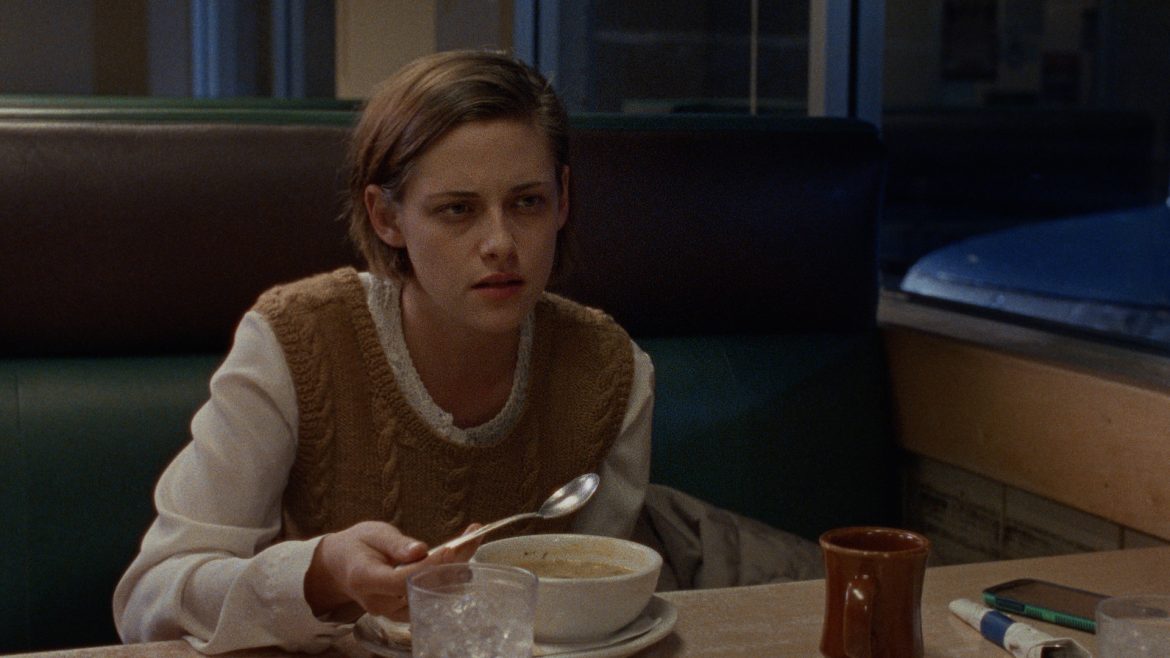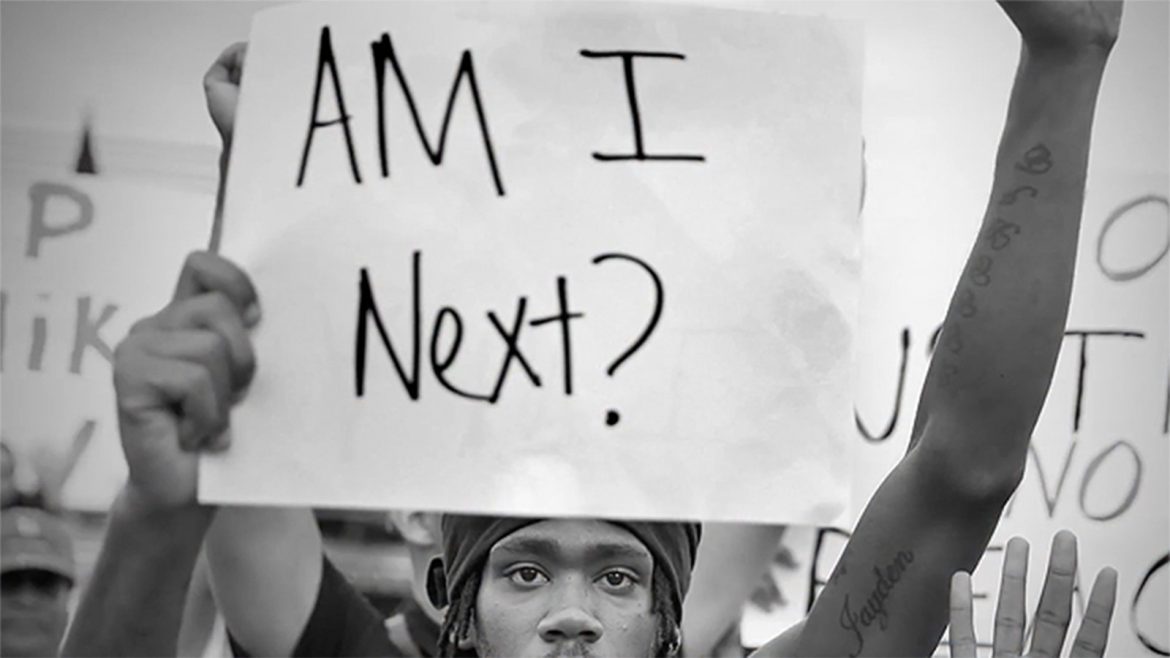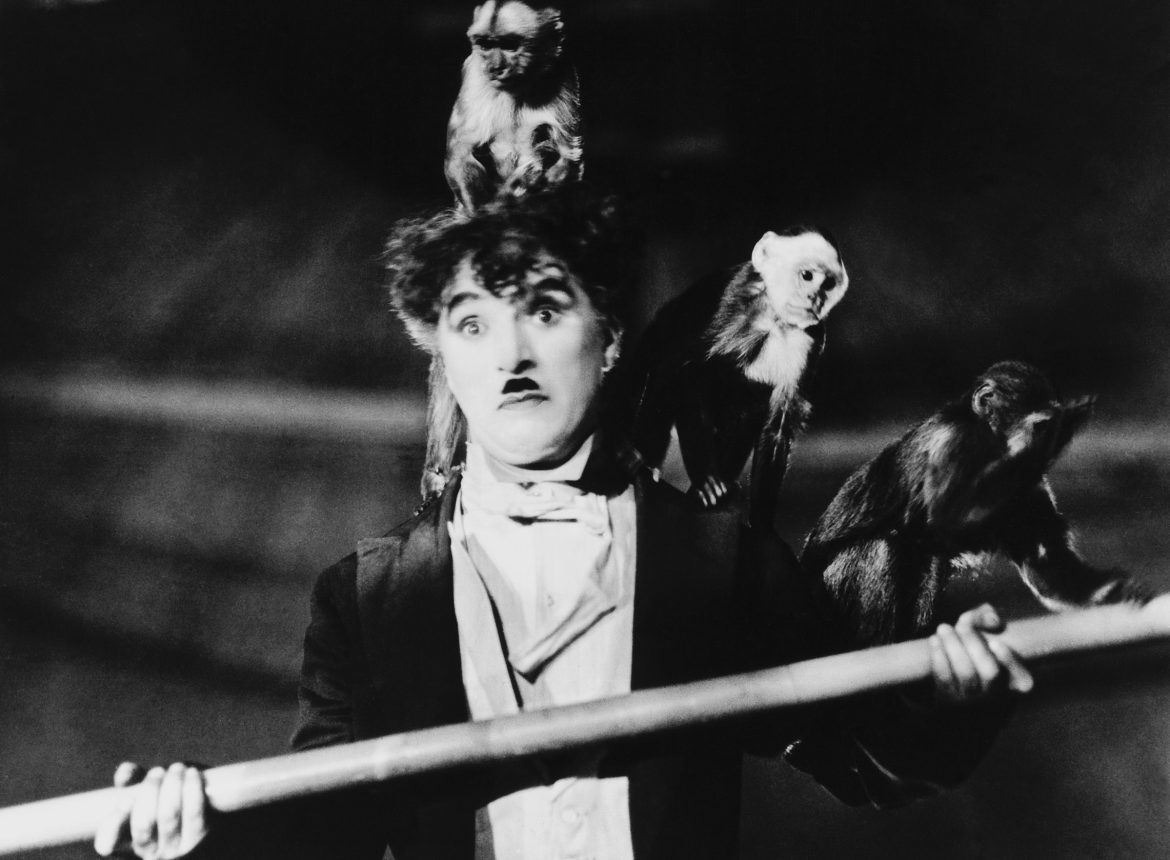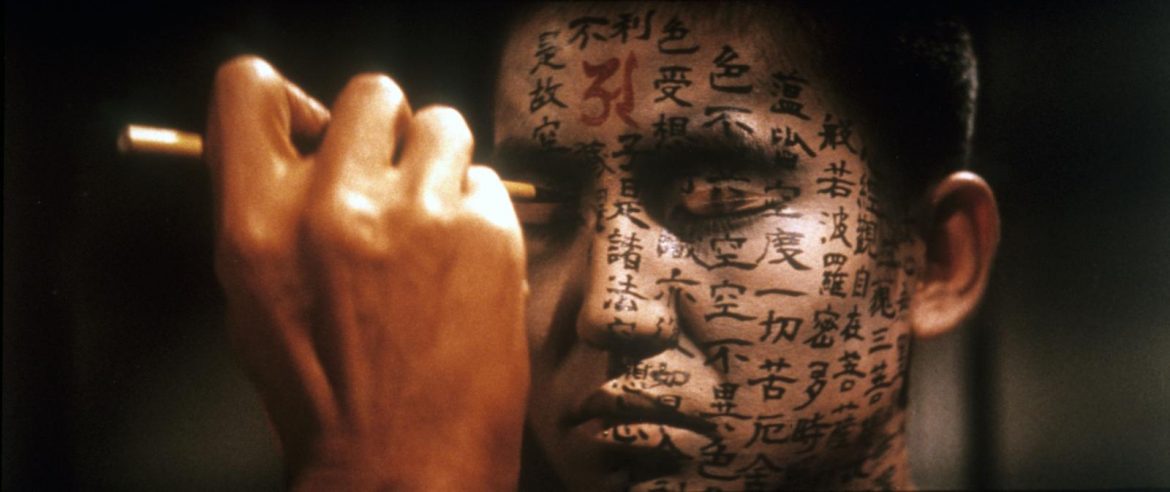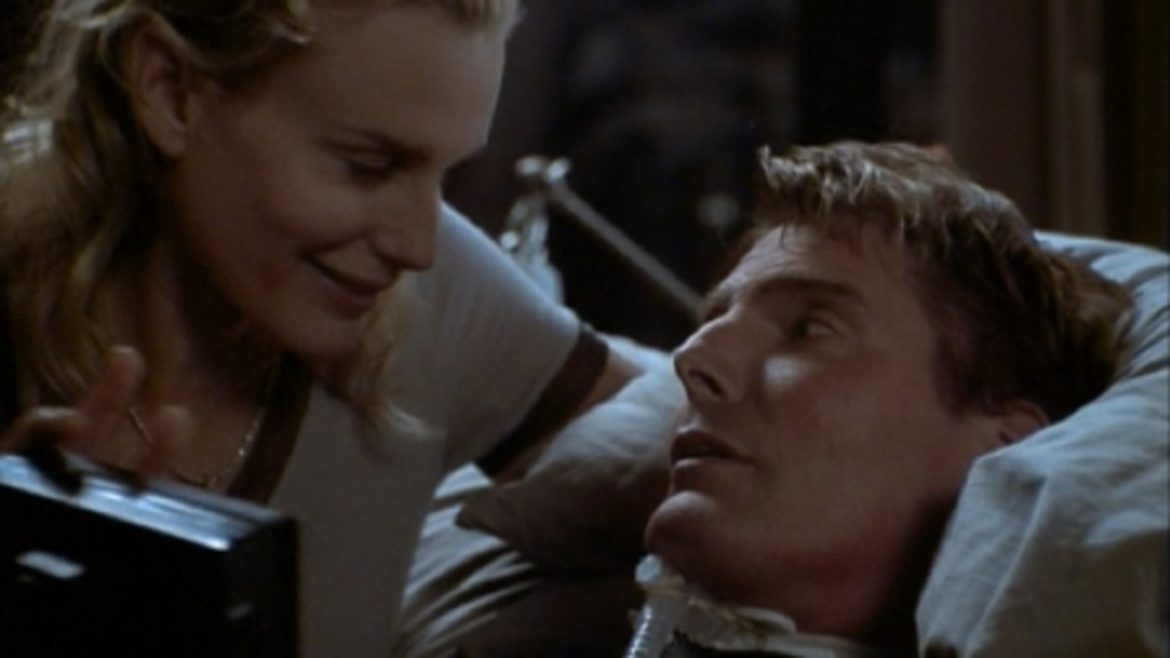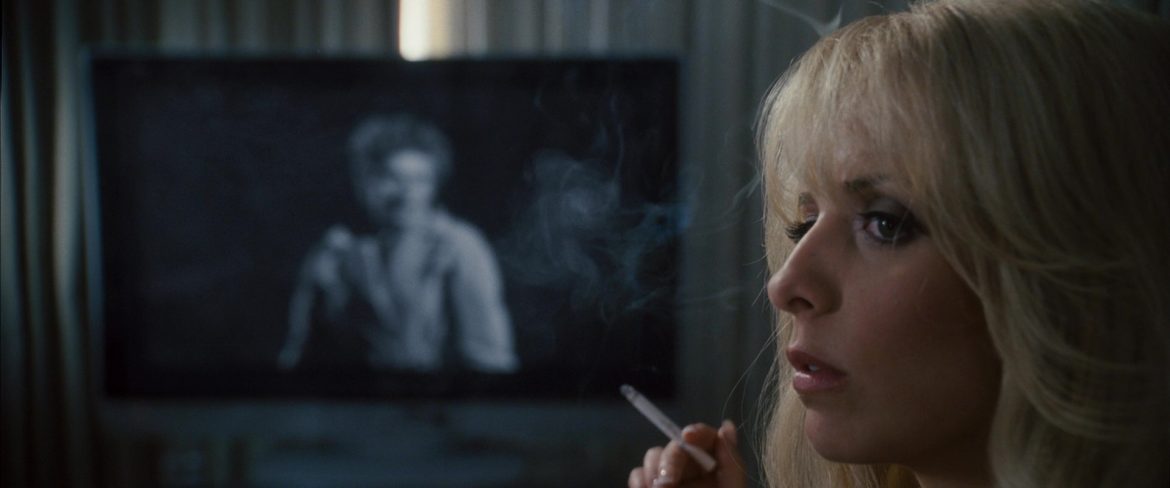Laura is an attorney balancing the expected demands of her practice with the more unreasonable ones foisted on her by a demanding client. Gina seeks to build a dream house in the woods, while contending with a resentful daughter and a placating husband who always makes her the bad guy.
Film
Some films simply arrive at the exact right moment. Whether through canny decisions on distribution and release, real-world events outside the producers’ control, or some other happenstance collision of histories, a cultural product arrives that is both inevitable and sorely needed.
Released in the closing days of the Silent Era, with production wrapping the same month The Jazz Singer premiered, Chaplin’s The Circus is a film that seems to know it’s aesthetic is on its way out the door.
Even with City Lights and Modern Times still to come, there’s an air of finality to it, perhaps most movingly encapsulated by its closing frames: we watch the circus leave the town and The Tramp behind, no better off than when he arrived to amuse the crowd at the start.
It’s October. There’s a crispness to the autumn air, the falling leaves crunching underfoot, the smell of the first fires of the year issuing from neighborhood hearths as Halloween approaches, bringing with it all of the ghouls, goblins, and other horror figures that emerge from the shadows of the season.
Alfred Hitchcock’s Rear Window is a true classic, beloved by cinephiles, critics, theorists, and casual moviegoers alike. Masterfully layered, featuring some of the best work its illustrious cast ever turned in, and providing analytical fodder for countless analyses of its themes and artistry, Rear Window unquestionably earns its place in the pantheon of masterpieces.
After the recent acclaim of Boyhood and the lovely triumph that is the Before Trilogy, it’s hard to imagine a modern American cinema without Richard Linklater. But when Dazed and Confused appeared on the screen in 1993, it came as a surprise, a fresh voice and a gentle, throwback approach to the “hangout movie” that resonated with fans of stoner comedies and wistful nostalgia alike.
Recently, the good folks at Swampflix invited me onto their podcast to talk about the films of Richard Kelly: Donnie Darko, Southland Tales, and The Box. (I’m leaving aside Domino, because he did not direct it, and because it is both atypical, a Tony Scott film, and also bad.)
The zombie occupies a unique position in the cultural imagination. Neither living nor dead, neither human nor animal, it is a boundary-blurring figure.
It can be, and usually is, frightening in its monstrosity and lack of category cohesion, but it can be tragic, too: most zombie stories involve the shock and sadness of seeing loved ones become … not quite themselves.
Creating a believably “lived-in world” is both a necessity for accomplished animation and a critical cliche. That phrase has to be up there with “dream-like” and “too on-the-nose” in someone’s list of Things Critics Need To Stop Trotting Out. Yet it’s true: Disney’s Zootopia, the Mouse House’s best feature in years, looks and feels entirely lived-in.
One of the fascinating revelations gleaned from the Silent Era is the degree to which there really is nothing new under the sun. As Martin Scorsese told Roger Ebert, “Each film is interlocked with so many other films. You can’t get away.

